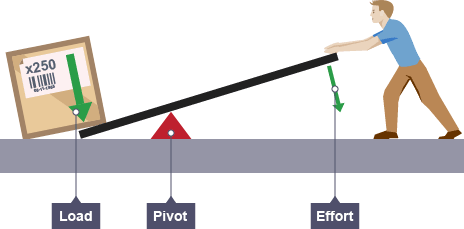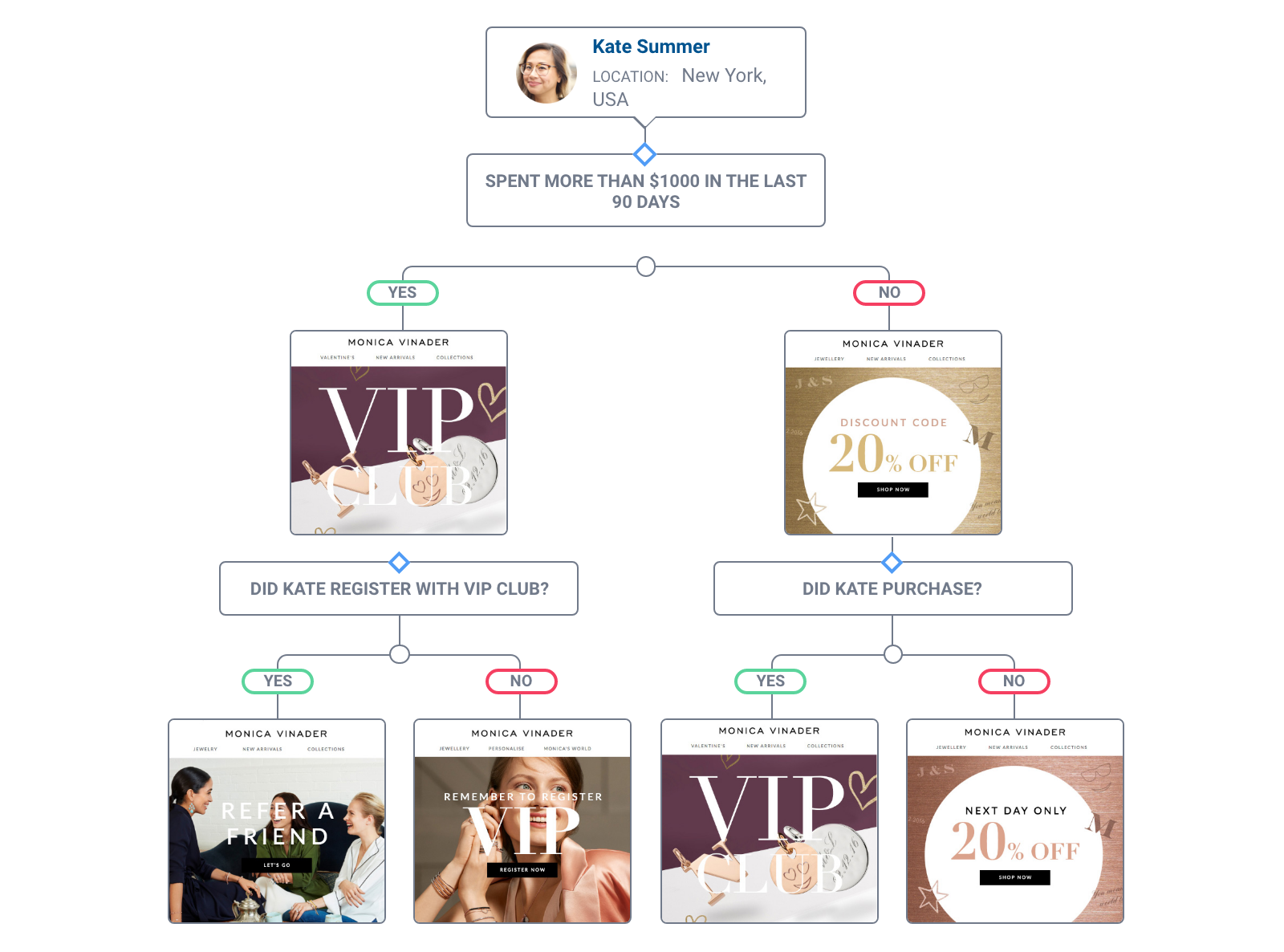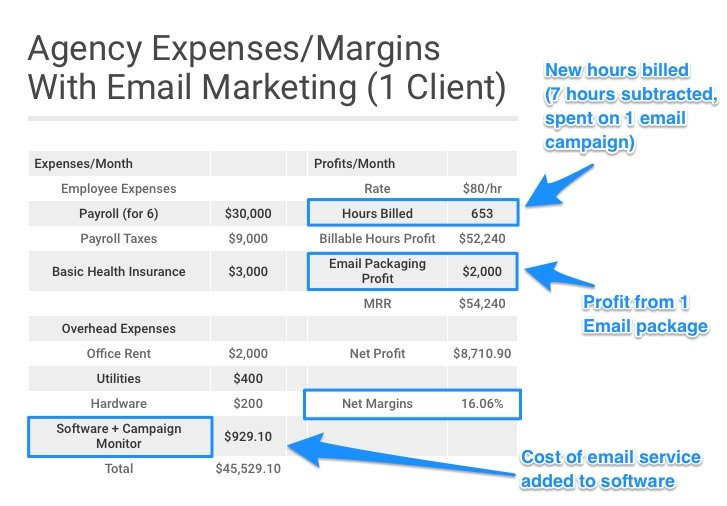After 40 years in the game, email still outperforms other channels with the highest ROI, at $44 per $1 spent.
But for agencies offering email marketing, it's also a force multiplier that complements other marketing channels without much comparative effort—bringing the overall ROI even higher.
An email isn't something you need to create from scratch. Rather, it can be based on the work you've already done. Far from creating more work or being a distraction, it's actually an enabler that makes your agency more efficient.
When all you need to do is repackage work you've already done into an email and receive money for that small service, this seems like a wasted opportunity.
So here's why email marketing is an opportunity not to be missed for any agency looking to increase its margins.
Email is a force multiplier
In scientific terms, a force multiplier is a lever that allows you to get more work done with less effort. A lever lets you lift a heavier load than you possibly could with your hands.

Source: BBC
In marketing terms, email is the lever that gets you more value without putting in a lot of effort.
BuzzFeed is a good example of a publisher that uses email as a remarkably effective force multiplier. According to Dan Oshinsky, the platform’s Director of Newsletters, email remains one of the top 6 referrers to the site, in addition to producing the most engagement among visitors by an average of 3 minutes compared with other channels.
BuzzFeed’s primary product is their articles, not email newsletters. But by directly sending articles to subscribers, it generates much more traffic and engagement to the main site than it would without the emails. This means BuzzFeed can charge people more for placement on the site, since it becomes sought-after by brands seeking exposure.
So if your main service is writing articles for a client's blog, a good way to boost traffic to your primary product is to send out a weekly newsletter to customers. An email marketing platform like Campaign Monitor allows you to do this in a matter of minutes, and even lets you brand their products as your own.
Essentially, all you're really doing is signing up for a software, pasting your blog posts into the email and hitting send. But the result is a superior performance lift for the blog. Great performance leads to happier clients, and happier clients are more willing to stick around.
This means that in the long run, you'll eventually be able to raise the price of your blogging service. A little extra effort to acquire the lever lets you lift a heavier load – it makes you an agency that can deliver the best results.
Email can validate your strategy
Sometimes, an idea strikes you and you know in your gut that it's a good one. But your colleagues and your clients may need to be convinced with more than just a feeling. They'll need numbers to back up your idea.
Email is a great source of data to support your marketing strategy.
Because email allows you to set very specific parameters and create segments for different types of consumers, the data you get from a campaign is very detailed, giving you more insights into your customers' behavior.

Source: Campaign Monitor
Say you need a video campaign that specifically targets millennials who like to shop through mobile. Data from email campaigns sent to this particular subset of customers enables you to observe their behavior patterns, which can inform what kind of video you shoot.
By investing in email as a data source, you gain the ability to form more effective strategies and reduce your chances of making costly, misinformed choices that can ruin your reputation.
Albert Einstein once said, “The more I learn, the more I realize how much I don’t know.” Data is priceless for marketers, and email is a valuable source, helping you to support as well as improve your existing services.
Email increases margins
When you're trying to balance your margins, the last thing you want to do is add more work that doesn't pay off. Instead, you need to find a cash source that's cheap to invest in and gives you high returns.
Email gives you a high ROI while requiring little investment.
Unlike other marketing material that can take a ton of time to craft, an email is something even an entry-level marketer can create in one day, with immediate results. Time spent acquiring customers is also relatively low, since you can offer email marketing to any existing client as a way to deliver an even better core product than before.
Considering this relatively low investment on time, the reward on cost becomes even more appealing; it can increase margins by as much as 9.15%.

Source: Teamwork
Even accounting for the cost of the software, you only need a couple clients at most to make back the money you've invested. Using Campaign Monitor's pricing, after applying the 10% agency discount to its $699 package, at the average hourly rate of $125-200, it doesn't take much time to make back the $629.10 investment.
It's a product that pays you back quickly, with high interest to boot. Since all agencies struggle to achieve comfortable margins, email makes an excellent source of additional revenue for relatively little investment.
Email marketing is a win-win opportunity for an agency
At the most basic level, running an agency means constantly checking the ratio of investment to revenue to stay on top of your margins. In order to do this, you need to attract and keep clients — and clients only pay if they think your service is worth it. This means you need products that deliver the best results.
As a formidable force multiplier, email marketing helps you achieve results on all three fronts. It offers a high ROI upfront, helps you formulate better strategies, and adds value to your current product. Email service providers like Campaign Monitor focus specifically on agencies, making it easy to get started through partnership programs that offer white labeling and guidance throughout the process.
Think of email as a performance booster. Take advantage of its benefits, weave it into your core service, and it will pay you back twofold in both the short and long run.
